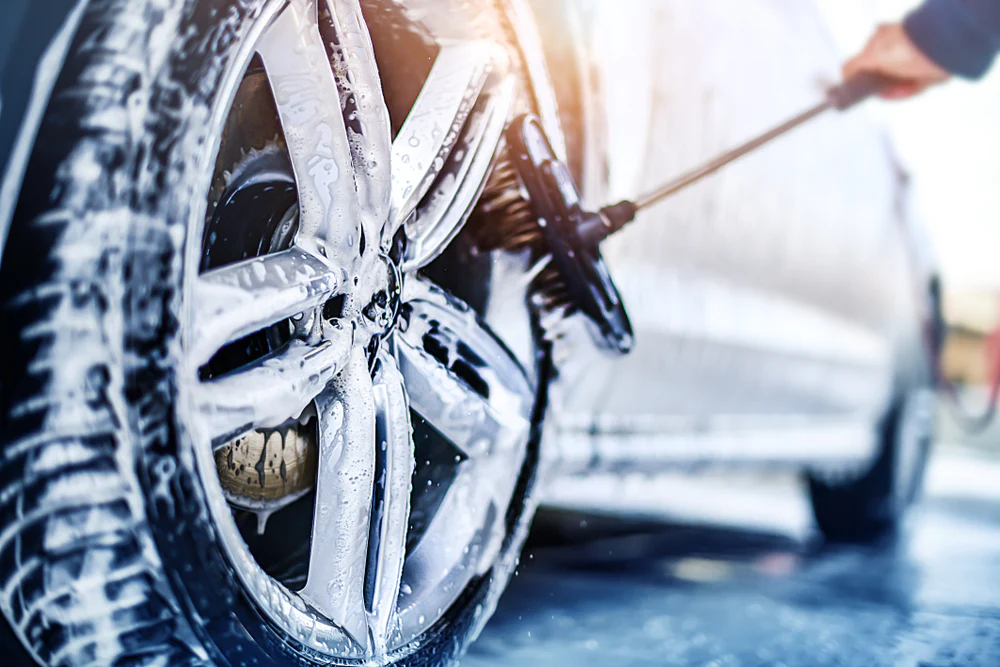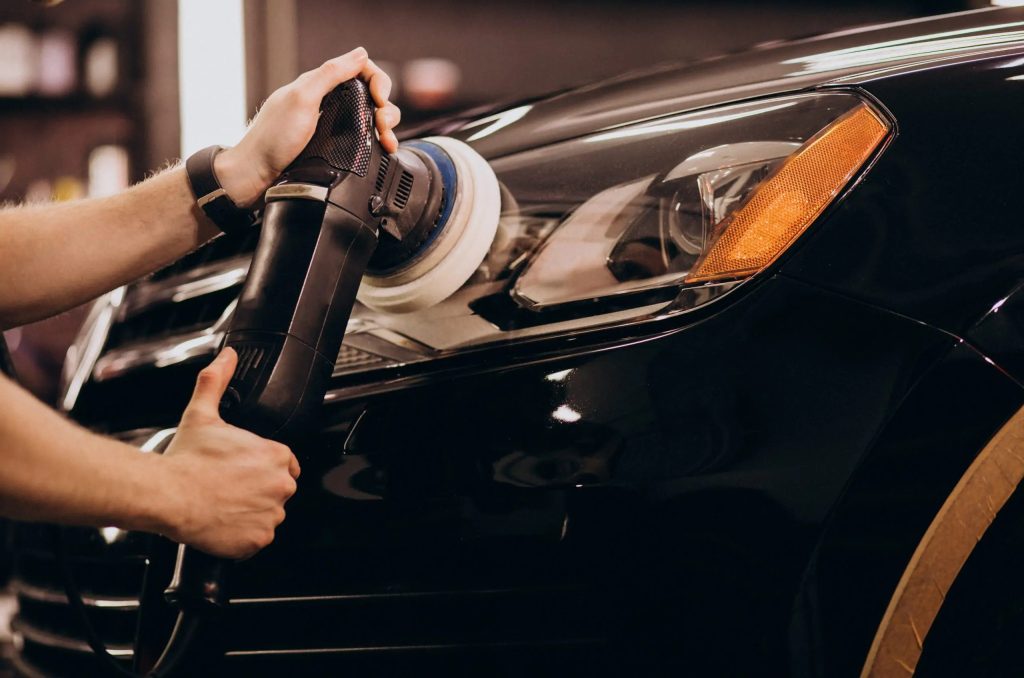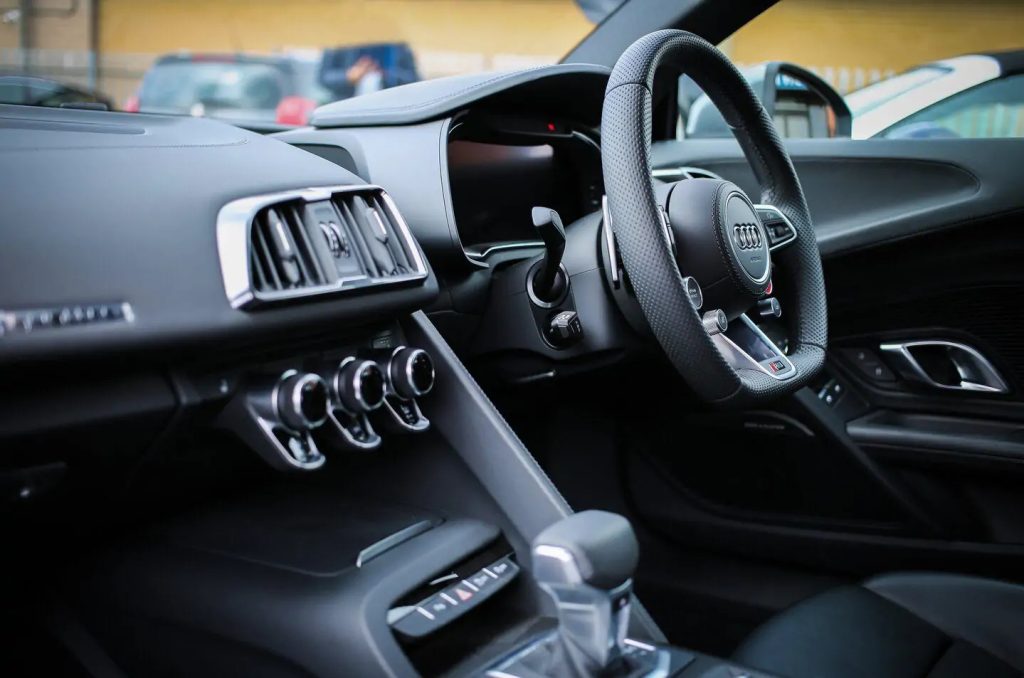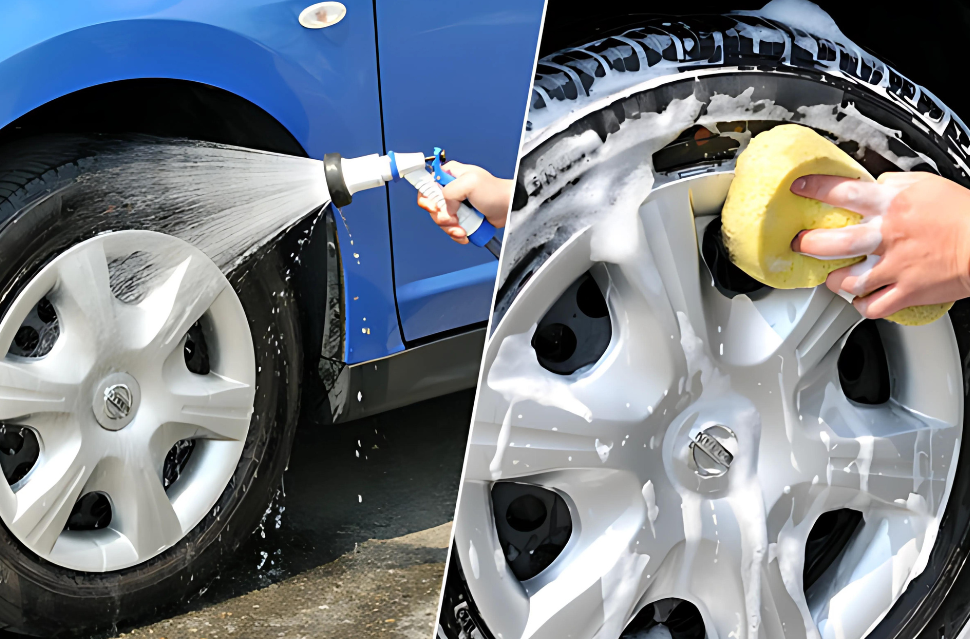
Washing a car by hand, also known as contact washing, is a traditional and effective method for maintaining a vehicle’s cleanliness and shine. Unlike automatic or touchless car washes, contact washing ensures every inch of your car is carefully cleaned with personal attention, helping to prevent damage and prolong the life of your car’s paint. In this blog, we’ll walk you through the detailed sequence of procedures involved in contact washing your car for the best results.
True care for your car starts with the hands-on approach. Contact washing not only cleans the surface but also preserves the soul of your vehicle, one careful stroke at a time.
Prudvi Raj
Pre-Wash Inspection
Before beginning the wash, it’s important to inspect the car for any existing damage, such as chips, cracks, or scratches. This allows you to take extra care around those areas and ensures you don’t exacerbate any existing damage.
Steps:
- Walk around the car to inspect the paint, glass, and trim.
- Note any areas with dirt build-up or tar that may require extra attention.
- Ensure all windows are fully closed to avoid water leakage.
Rinsing the Vehicle
Steps:
- Ensure all wheel wells and undercarriage areas are rinsed as well.
- Use a hose or pressure washer to thoroughly rinse the entire car, starting from the top and working down.
- Focus on the lower sections of the vehicle, where the most dirt and grime collect.

Applying the Pre-Wash Foam or Soak
To help loosen any remaining dirt and grime, applying a pre-wash foam or soak is essential. This step ensures that you don’t scrub dirt directly into the paint, minimizing the risk of scratches.
Steps:
- Rinse off the foam before moving on to the next step.
- Use a foam cannon or sprayer to apply the pre-wash foam evenly over the car’s surface.
- Let the foam sit for a few minutes, allowing it to break down dirt and contaminants.



Cleaning the Wheels and Tires
Wheels and tires tend to accumulate the most dirt, brake dust, and grime. It’s important to clean them separately to avoid transferring this debris to the car’s paint.
Steps:
- Use a dedicated wheel cleaner and a separate brush or mitt to scrub the wheels and tires.
- Focus on the inner rims, spokes, and sidewalls of the tires.
- Rinse the wheels thoroughly after scrubbing.

Rinsing the Car Again
After hand washing the car, it’s time for another thorough rinse to remove all soap residue. Leaving soap on the surface can lead to water spots or streaking when it dries.
Steps:
- Use a hose or pressure washer to rinse the car from top to bottom, ensuring all soap is removed.
- Pay extra attention to areas like door jambs, side mirrors, and the grille, where soap can accumulate.
Drying the Car
Drying is an important step in preventing water spots and ensuring a streak-free finish. Using the right drying tools can also help avoid introducing scratches or swirl marks.
Steps:
- Use a microfiber drying towel or a high-powered air dryer to dry the car.
- Start at the top and work your way down, gently blotting or wiping the surface.
- Open the doors, trunk, and hood to dry any hidden water around the seals and edges.
Cleaning the Windows and Mirrors
To complete the process, cleaning the windows and mirrors ensures a crystal-clear view and a polished look.
Steps:
- Use a dedicated glass cleaner and a microfiber towel to wipe down all windows, both inside and out.
- Pay attention to streaks and smudges to achieve a spotless finish.
- Don’t forget to clean side mirrors and the windshield wipers.
Final Touches
The last step in contact washing is to add final touches to give your car that professional, showroom-ready look.
Steps:
- Inspect the car for any missed spots or smudges and touch up as necessary.
- Apply a tire dressing to restore the tires’ black, glossy finish.
- Wipe down door jambs, trim, and any remaining water spots with a clean microfiber cloth.
Contact washing your car by hand may take more time and effort than automatic washes, but the results are worth it. By following this sequence of procedures, you’ll ensure your car stays clean, protected, and free from scratches. With the right tools and techniques, contact washing provides the personal care your vehicle deserves, keeping it in pristine condition while extending the life of the paint and finish.

